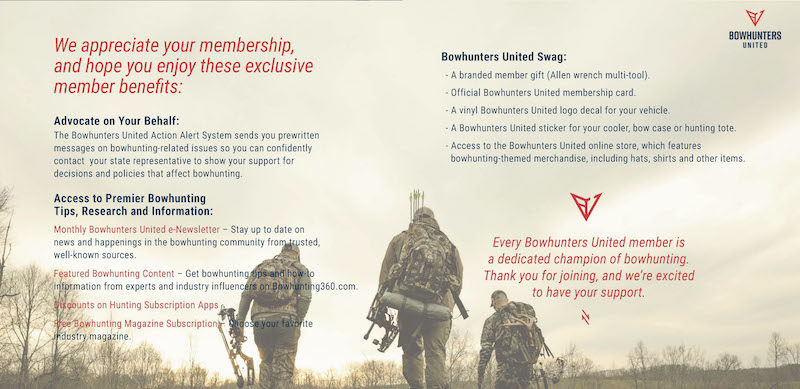Hunters and anglers support wildlife and wild places whenever buying licenses and a wide variety of archery, fishing and gun-hunting gear. State wildlife agencies receive money from those purchases to pay for habitat restoration, wildlife research, hunter education, and public-access programs. Click here to learn more about these helpful federal excise-tax programs, known as the Wildlife Restoration Act or the Pittman-Robertson Act; and the Federal Aid in Sport Fish Restoration Act, or simply the Dingell-Johnson Act.
Beyond license sales and federal excise-tax revenues, few state agencies receive funding from general taxpayers, so they need all the help they can get — physically and financially — from individuals and conservation organizations.
Conservation organizations help preserve wildlife and their habitats, while also protecting and promoting values for taking game legally and ethically. These groups and individual conservationists also lobby lawmakers to benefit wildlife and preserve hunting’s future by enhancing the nation’s natural resources.
Conservation organizations preserve wildlife, habitats, and promote ethical hunting. Photo Credit: Whitetails UnlimitedWe spoke to Russ Austad, Whitetails Unlimited’s program services director, to learn why bowhunters should join and support conservation organizations.
“You have to do more than buy your hunting license,” Austad said. “States depend on hunting and fishing licenses, and equipment sales, for their conservation efforts, but that’s not enough. We need [conservation] organizations to help preserve the many habitats and wildlife species that use those habitats.”
Like many conservation organizations, Whitetails Unlimited dedicates much of its funding and resources to ensuring hunters and their descendants have animals and places to hunt.
Whitetails Unlimited offers multiple programs and grants that promote conservation. Photo Credit: Whitetails UnlimitedWU administers three large efforts, including an education program; a habitat enhancement and acquisitions program; and a shooting sports and hunting tradition preservation program. Since its start in 1982, WU has invested over $102.7 million in projects and attracted over 115,000 members. It holds about 475 events in 32 states annually.
Austad said most conservation organizations don’t reinvent the wheel when launching wildlife management projects. Instead, they partner with wildlife agencies and other organizations to support projects that advance their mission.
Turkeys and whitetails, for example, share the same habitats. Therefore, WU partnered with the National Wild Turkey Federation to rehabilitate 500 acres of oak trees in a Michigan national forest during a five-year project. WU also provides funding to the National Archery in the Schools Program to help recruit archers, some of whom will eventually try bowhunting.

Join Bowhunters United when it launches on Oct. 1. Photo Credit: Bowhunters United
Bowhunters can work with conservation organizations at the local, state or national levels. You can make a difference through hands-on habitat work, or by voicing concerns and supporting policies and programs that enhance wildlife, hunting and bowhunting. Whatever your preference, join a group and get involved. Your options include these and other organizations:
Not sure where to invest your time or money? Look for an organization that represents your outdoor passions.
“People can join as many organizations as they want, but if they want to choose one, they must look at what they want as a hunter, individual and conservationist,” Austad said. “Determine what you want to see accomplished, and then consider the values, goals and mission of each organization to see which one lines up with your beliefs, and conservation morals and values.”
Bowhunting is mostly seasonal, but conserving wildlife and wild places requires year-round effort. Don’t wait. Get involved to make a difference.